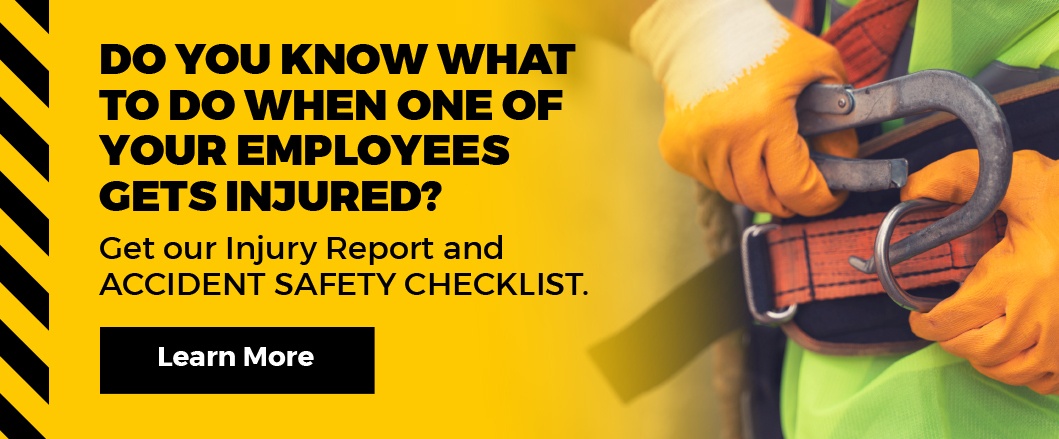When it comes to non-fatal workplace injuries that result in days lost from work, musculoskeletal injuries are by far the most common. According to the Bureau of Labor Statistics, sprains, strains and tears have resulted in more incidences of lost days from work and need for medical care than other injuries or illnesses.
In 2018, BLS reported sprain, strain, and tear injuries accounted for about a third of all private industry workplace injuries resulting in days lost from work. Heavy lifting is one of the common causes of musculoskeletal workplace injuries. To reduce workplace injuries, effective material handling and using safe heavy lifting techniques are crucial.
Heavy Lifting Back Injuries
The BLS estimated up to 75% of workplace back injuries are caused by lifting injuries. These injuries can occur in almost any industry, but those requiring material handling and constant heavy lifting are at higher risk. Construction, manufacturing, and industries with laborers moving heavy materials can experience excessive rates of injuries from heavy lifting which can result in lost productivity, higher insurance rates, and other cost factors.
Back injuries from improper material handling and heavy lifting can involve soft tissue injuries to muscles, tendons, and ligaments. It may also result in damage to the spine, intravertebral discs, nerves, and other musculoskeletal tissues. Many back injuries from material handling can be prevented through proper safety training on heavy lifting.
Heavy Lifting Safety Basics
When employees are trained on how to use preventive heavy lifting techniques during material handling, many unnecessary injuries can be avoided. Most lifting injuries occur when one or more safety steps are skipped. Every time an employee needs to lift and move materials, there are simple steps to follow to reduce the chances of injury.
Plan and Prepare
Before lifting and moving materials, employees need to briefly plan and prepare. Employees in material handling should stretch and warm up their muscles before beginning to move heavy items. Taking the time to evaluate the size and weight of the object and checking the path to its destination for any hazards is important. This moment of preparation can help workers use the right lifting technique and avoid trips or falls when moving materials.
Lifting with the Legs
Reducing strain on the back and spine are the keys to safe lifting - lift with the legs, not the back. Stand close to the object, bend the knees, keep the back straight and upright, get a solid grip, and use the legs to lift the weight.
Moving Materials
While carrying materials, take small steps and keep the object close to the body. Do not twist the back or turn the upper body when carrying – change direction with the feet, then the hips, keeping the shoulders and arm aligned with the hips.
Placing Object
The final step in moving materials is lowering or placing the object at its destination. Just like lifting, keep the back straight and upright, bend the knees, and lower the item slowly using the legs.
Training workers on the best methods for heavy lifting can prevent many serious back and musculoskeletal injuries. Other basics that should be covered in material handling and heavy lifting training include proper gripping, load limits, handling fatigue, and proper safety gear.
Safety training is crucial for companies that require material handling and heavy lifting for employees. Proper techniques and compliance to safety standards can greatly reduce musculoskeletal and other injuries caused by workplace heavy lifting.
SafetyPro Resources, LLC offers advanced safety training services to help companies lower their workplace injury occurrences for higher productivity and worker safety. To learn more, call our office to talk to one of our safety consultants.


















